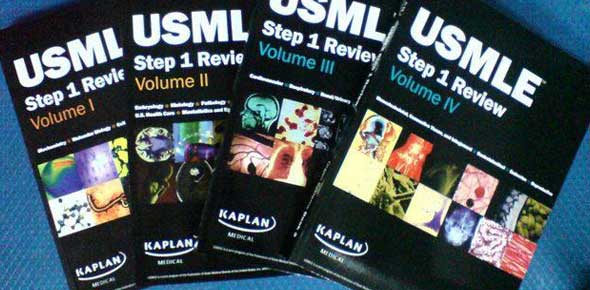USMLE Step 2 Cases Block 1
2 Questions
| Attempts: 294

46 Questions Block for the USMLE Step 2.
Questions and Answers
- 1.
A 70 year old man presents with a past medical history of coronary artery disease, hypertension, and a 25 pack year smoking history presents to your clinic with fatigue. He has had his yearly colonscopy and prostate examination which were both negative. His medications include aspirin, lisinopril, and metoprolol. Vital signs are 37.0C, blood pressure 130/84, heart rate 60/min, and respiratory rate of 12/min. He is a thin elderly gentleman with a benign cardiovascular and chest exam. His abdomen is soft, nontender, and nondistended, but there is a pulsitile mass approximately 2 cm superior to the umbilicus in the midline. Which of the following creates the highest risk for rupture?
- A.
Continued cigarette smoking
- B.
Increased alcohol intake
- C.
Increase in size by 0.5cm over the next year
- D.
Discontinuing hypertension medications
Correct Answer
C. Increase in size by 0.5cm over the next yearExplanation
The single most ominous sign of abdominal aorta aneurysm rupture is a high growth rate. Once the AAA is above 5.5cm it should be surgically repaired. Under 4cm should be followed with yearly ultrasounds, and between 4-5.5cm should be followed with ultrasound every 6 months. There is new evidence that AAA between 4-5.5cm that undergo elective repair have an increased survival rate.Rate this question:
-
- 2.
A 43 year old female presents to your office with right upper quadrant pain for 2 days. She states that for the past few months she has had intermittant right upper quadrant pain after fatty meals lasting a few hours at a time. On exam she has a BMI of 32, her lungs are clear to ascultation, and her cardiovascular exam is normal. Her abdomen is soft, tender to palpation over the right upper quadrant, nondistended, and she has a positive Murphy's sign. What is the diagnostic test of choice?
- A.
MRCP
- B.
ERCP
- C.
CT scan
- D.
Abdominal xray
Correct Answer
B. ERCPExplanation
This woman presents with classical choledocolithiasis. She has cholesterol gallstones that are now lodged in her common bile duct and causing a colicky pain in her right upper quadrant. Patients with the 4 F's (female, forty, fertile, fat) tend to develop this diesase. ERCP is both diagnostic and therapeutic for this disease. MRCP is useful for pancreatitis. CT scan is not used to visualize the biliary tree. Even though the stones contain calcium, they will not show up on abdominal xray. Ultrasound can show dilated ducts in this condition and can be useful.Rate this question:
-
Quiz Review Timeline +
Our quizzes are rigorously reviewed, monitored and continuously updated by our expert board to maintain accuracy, relevance, and timeliness.
-
Current Version
-
Mar 14, 2022Quiz Edited by
ProProfs Editorial Team -
Dec 12, 2008Quiz Created by
Carolinablogger
 Back to top
Back to top


